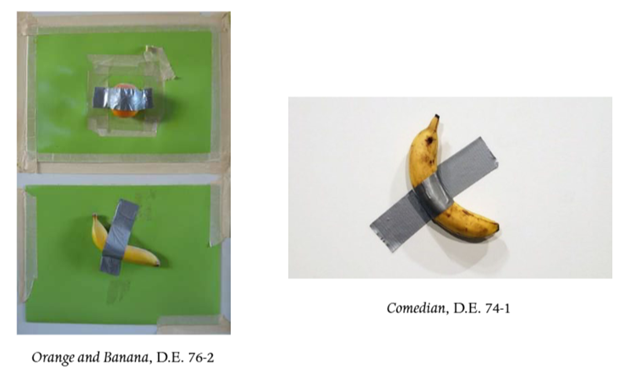Addressing a split among bankruptcy courts in their interpretation of whether a corporate debtor, like an individual debtor, is subject to the exceptions to discharge outlined in 11 U.S.C. § 523(a) when confirming a nonconsensual Subchapter V plan, the US Court of Appeals for the Eleventh Circuit reversed a US Bankruptcy Court for the Middle District of Florida decision. The Eleventh Circuit held that the cross-reference in 11 U.S.C. § 1192 to 11 U.S.C. § 523(a)’s exceptions to discharge applies to both corporate and individual debtors. BenShot, LLC v. 2 Monkey Trading, LLC, Lucky Shot USA, LLC, Case No. 23-12342 (11th Cir. July 9, 2025) (Branch, Lagoa, JJ.) (Luck, J., dissenting).
Prior to filing for chapter 11 protection under Bankruptcy Code Subchapter V, 2 Monkey Trading and Lucky Shot (together, the debtors) were sued by BenShot for violations of the Lanham Act in connection with the debtors’ false advertising that their competing products were produced in the United States. The jury found in favor of BenShot and awarded punitive damages, determining that the debtors acted “maliciously toward” BenShot or “in an intentional disregard” of BenShot’s rights. Following this decision, the debtors filed for bankruptcy and attempted to discharge the jury award owed to BenShot. BenShot argued that the jury award constituted an exception to discharge under § 523(a)(6) for claims involving “willful and malicious injury by the debtor to another entity.” The bankruptcy court, like many bankruptcy courts in other jurisdictions, found in favor of the debtors, holding that § 523(a)’s discharge exceptions exclude corporate debtors and therefore the debtors could discharge BenShot’s debt.
On appeal, the Eleventh Circuit reversed and extended the application of § 523(a) in nonconsensual Subchapter V cases to corporate debtors. It observed that § 1191(c) of Subchapter V enables a debtor, if certain conditions are met, to confirm a nonconsensual plan without adhering to the absolute priority rule, thereby allowing a debtor to receive a discharge and retain assets even when all unsecured creditors are not paid in full. The discharge granted under a confirmed Subchapter V nonconsensual plan is governed by § 1192, which includes an exception to discharge in the form of a cross-reference to § 523(a). The question of whether the exception applies to corporate debtors arises from the text of § 523(a)’s preamble, which uses the term “individual debtor” before listing the exceptions to discharge.
In reaching its decision, the Eleventh Circuit engaged in a plain reading of the language of § 1192, which makes no distinction between individual and corporate debtors. The statute uses the word “debtor,” a term applied elsewhere in the Bankruptcy Code to both individuals and corporate entities. The Court also acknowledged that § 1192 states that the discharge is of a “debt,” which does not distinguish between an individual and a corporation. The Court noted that Congress could have used the term “consumer debt” if it wanted the discharge to apply only to individuals.
The Eleventh Circuit also interpreted the language in § 1192(2) that references [...]
Continue Reading
read more


 Subscribe
Subscribe



